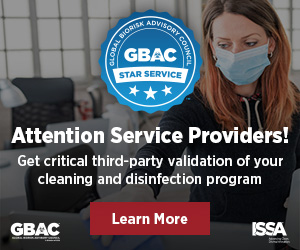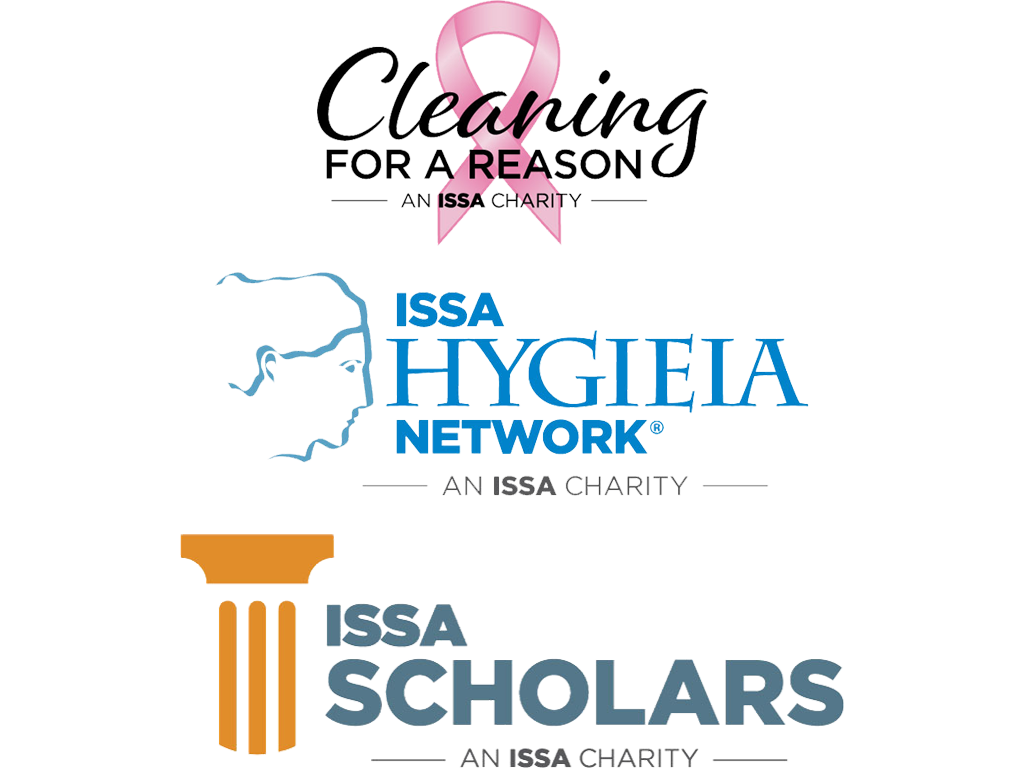Personal Protective Equipment
Accessible by: anyone
Workers who may be exposed to potentially harmful chemicals and other hazards need to take every precaution to ensure that they are adequately protected at all times. After all, it is certainly difficult to imagine a firefighter performing his or her duties without a helmet, boots, gloves and other necessary protective equipment!
Personal protective equipment (PPE) is just as important in the cleaning industry. In the cleaning industry, a common source of hazards is chemical cleaning products. Working with such chemicals can be a dangerous endeavor and the end consequences can be severe. OSHA, therefore, requires the use of PPE when engineering and administrative controls are not feasible or effective in reducing exposure to an acceptable level. Employers are required to determine if PPE is necessary and provide appropriate personal protective equipment to all workers who may be exposed to potentially dangerous chemicals and other workplace hazards.
What Standards Apply?
OSHA: Personal Protective Equipment – 29 CFR 1910.132-138
What Does the Standard Require?
The OSHA Personal Protective Equipment Standard requires that employers ensure that appropriate personal protective equipment is “provided, used, and maintained in a sanitary and reliable condition whenever it is necessary…” to protect workers from hazards. Personal protective equipment should not be used as a substitute for engineering, work practice, and/ or administrative controls, but, rather, should be used in conjunction with such controls to provide for optimum employee safety and health in the workplace.
Under the standard, employers are required to determine whether workplace hazards trigger the need for PPE, ensure that appropriate PPE is selected and used, provide training to employees who use PPE, and, in the vast majority of cases, pay for the equipment.
What Are the Common Hazards and Solutions?
Workers in the cleaning industry have to be concerned about exposure to numerous hazards while on the job. Chemical cleaning products, for example, may present hazards that place workers at risk. They may be corrosive, flammable, an irritant, or a sensitizer and may ultimately contribute to numerous health effects, many of which can be extremely serious. Further, the use of chemical cleaning products can potentially lead to fires, explosions and other serious accidents. Of course, employees have to be concerned about general workplace hazards as well, including falling or flying objects or the presence of harmful air contaminants.
It is an employer’s responsibility to ensure that such risks are mitigated to the greatest extent possible, especially through the use of personal protective equipment. First, employers are required to conduct a full workplace hazard assessment to determine whether hazards are present and whether such hazards require the use of PPE. Such assessment must be documented in a written certification.
Should an employer determine that PPE is necessary, they are then required to ensure that it is available and used. It is not enough to select PPE and witness its use, however. Employers must also make sure that the PPE is suitable for protection from the identified hazards, is properly fitted, and is not defective or damaged in any way.
Types of PPE that may be necessary include: eye and face protection; head protection; foot protection; hand protection; and respiratory protection.
Employers are also responsible for ensuring that employees are trained in the use of personal protective equipment and must provide written certification to that effect. Finally, in general, employers must provide required PPE at no cost to employees, although an exception from this general rule exists for protective footwear and eyewear if certain conditions are met.



